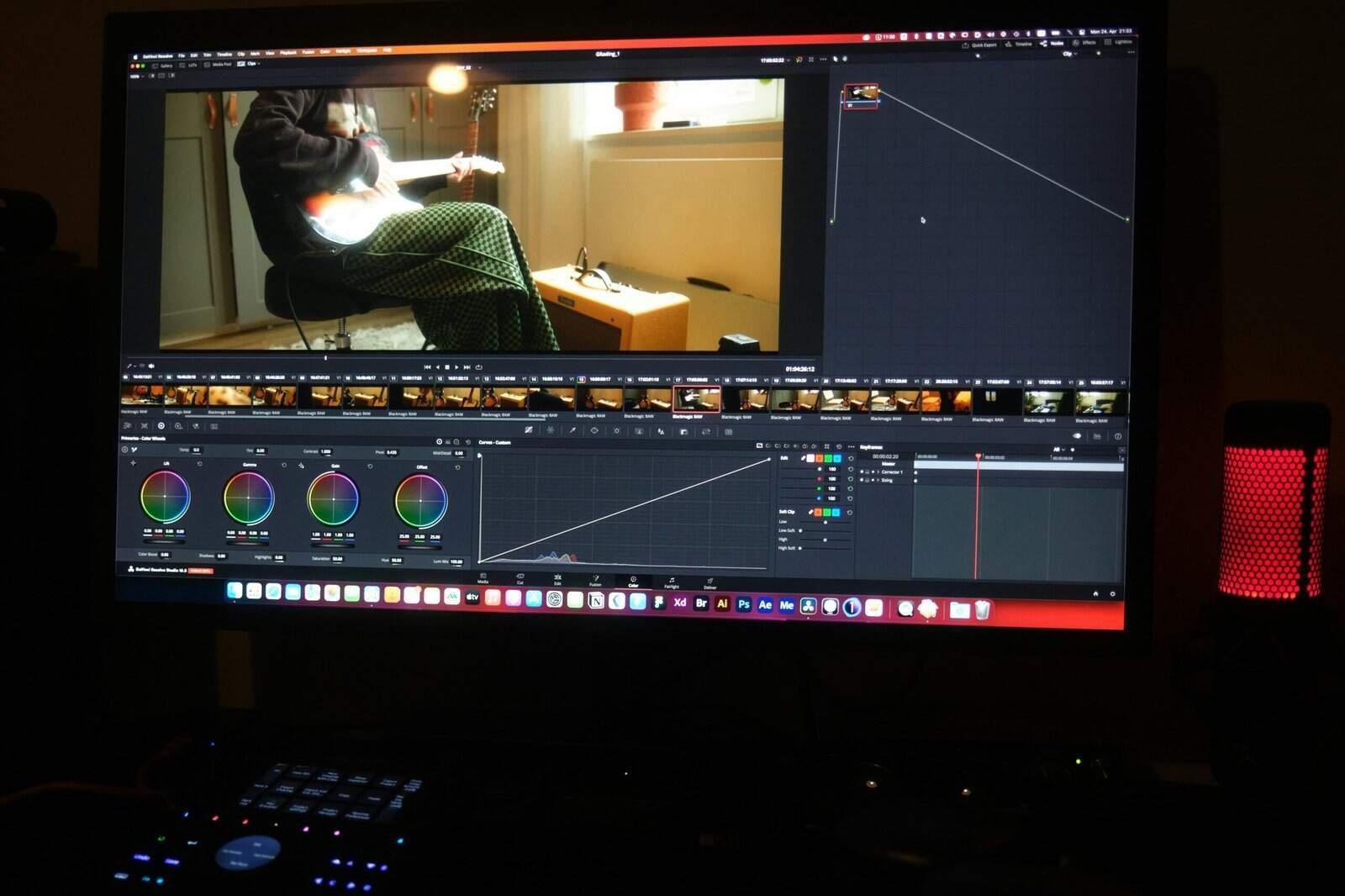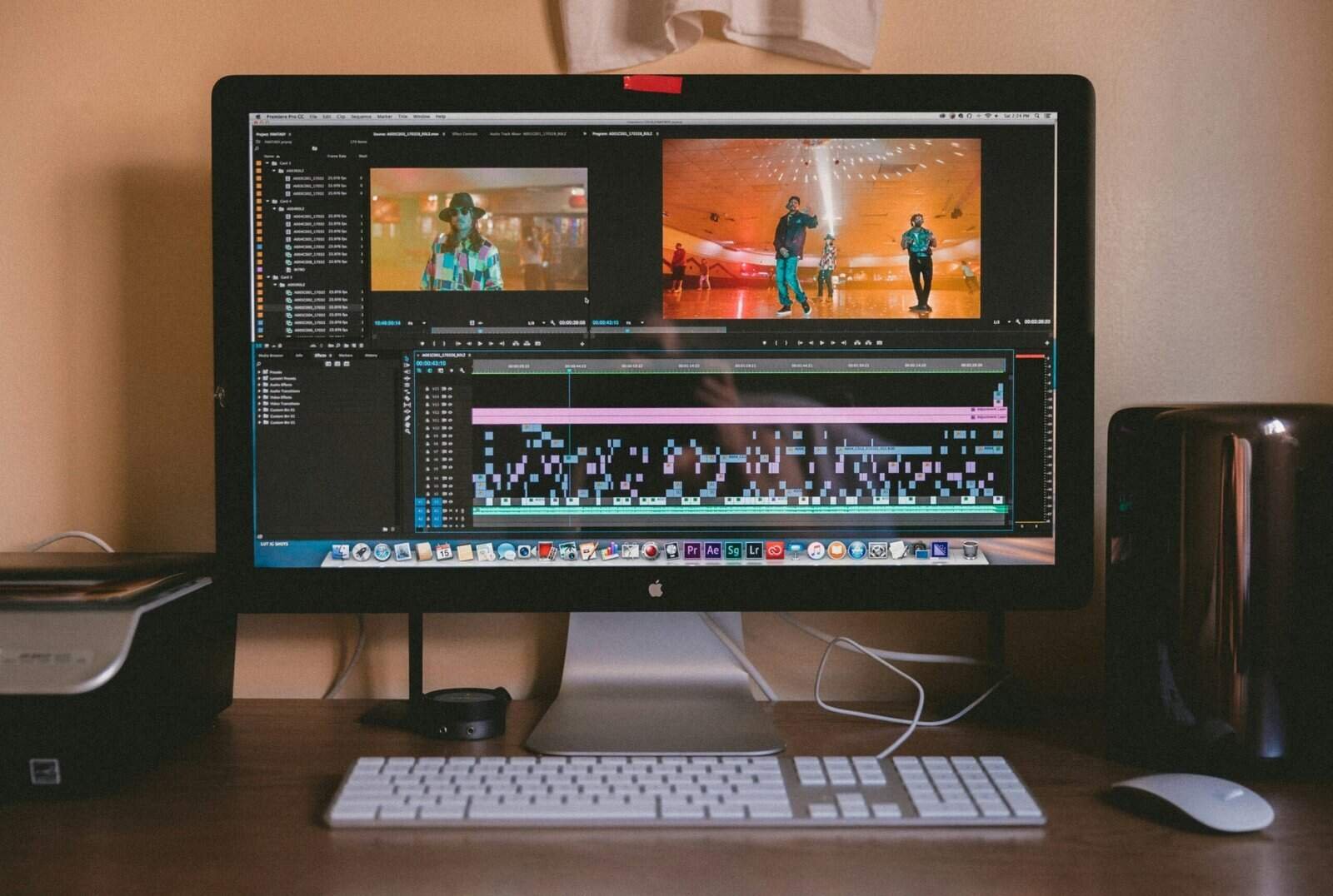Have you ever wondered how to kickstart your journey as a freelance video editor in 2025? It’s an exciting time to enter the world of freelance video editing, where creativity meets technology in an ever-evolving industry. Whether you’re just dipping your toes into video editing or have some experience under your belt, understanding the nuances of freelancing can open up a whole new realm of opportunities for you.
Introduction to Freelance Video Editing
Freelancing as a video editor offers you the freedom to express your creativity while working on diverse projects. Unlike traditional employment, freelancing gives you control over your schedule, the freedom to choose projects that excite you, and the flexibility to work from virtually anywhere. But how exactly do you navigate this path and ensure success?
Why Freelance Video Editing?
Video content is king in the digital world, and its demand is increasing rapidly. From YouTube creators to corporate marketing departments, everyone needs compelling video content. As a freelance video editor, you’re at the forefront of this demand, with the opportunity to work with a variety of clients and industries.
Benefits of Freelancing
Freelancing comes with an array of benefits. You can choose the projects that interest you, often making work feel more like play. Freelancing also allows you to set your own schedule, providing the flexibility needed to balance other aspects of your life. Additionally, freelancing can be financially rewarding, letting you set your own rates based on your skill level and experience.
Preparing to Be a Freelance Video Editor
Before you embark on your freelance journey, preparation is key. You’ll need to fine-tune your technical skills, build a portfolio, and understand the logistics of freelancing.
Developing Your Skills
To become a successful video editor, you’ll need to be proficient in various editing software. Familiarity with industry-standard tools like Adobe Premiere Pro, Final Cut Pro, and DaVinci Resolve is essential. Consider online courses or workshops to update or enhance your skills continually.
Building a Portfolio
A portfolio is your calling card in the freelancing world. Start by creating samples that showcase your range, from simple edits to complex projects. If you’re starting fresh, offer to edit projects for friends or local organizations at a discounted rate to gain experience and build your portfolio.
Setting Up Your Freelancing Business
Freelancing is essentially running your own business. You’ll need to handle invoicing, contracts, and manage client relations. Setting up a professional website and social media presence can showcase your work and help potential clients find you.

Finding Freelance Clients
Once you’re ready to hit the ground running, the next step is finding clients who need your services. Various platforms and strategies can help you connect with potential clients.
Online Freelancing Platforms
Websites like Upwork, Fiverr, and Freelancer are great starting points for freelancers. These platforms connect you with clients looking for video editing services, allowing you to build a client base and gain experience.
Networking and Word of Mouth
Don’t underestimate the power of networking. Join video editing and filmmaking groups, attend webinars, and connect with fellow editors and professionals. Word-of-mouth referrals from satisfied clients can be a powerful tool in growing your business.
Social Media and Marketing
Leverage social media platforms like LinkedIn, Instagram, and YouTube to showcase your work and attract clients. Consistent posting, engaging with followers, and using appropriate hashtags can help you reach a broader audience.
Setting Your Rates and Managing Finances
Understanding how to set your rates is crucial in ensuring fair compensation for your work while attracting new clients.
Determining Your Rates
Your rates should reflect your skill level, experience, and the complexity of the project. Research industry standards to help set a baseline but remain flexible based on the project’s specific needs. Consider offering different pricing tiers or packages to accommodate various client budgets.
Financial Management
As a freelancer, managing your finances responsibly is vital. Set aside a portion of your income for taxes, track your invoices, and save for future investments or growth opportunities.

Essential Tools and Resources
Equipping yourself with the right tools can streamline your workflow and enhance your productivity as a freelance video editor.
Editing Software and Equipment
Invest in reliable software and hardware that meet professional standards. A high-performing computer, quality headphones, and an external hard drive for backups are crucial investments. Keep your software updated to access new features and improvements.
Online Courses and Communities
Continuous learning is a hallmark of a successful freelancer. Websites like Skillshare and Coursera offer courses to refine your editing skills. Join online communities and forums dedicated to video editing to exchange tips and stay current with industry trends.
Dealing with Challenges in Freelancing
Freelancing isn’t without its challenges. From handling difficult clients to balancing your workload, understanding potential hurdles can help you navigate them more effectively.
Client Expectations and Communication
Set clear expectations with each client from the onset. A solid contract that outlines project timelines, revisions, and payment terms can protect both parties. Keep communication open and professional to build trust and enduring relationships with clients.
Managing Time and Projects
Balancing multiple projects simultaneously requires excellent time management. Use project management tools like Trello or Asana to keep track of deadlines and prioritize tasks. Establish a routine that maximizes productivity while allowing yourself adequate rest.

The Future of Freelance Video Editing
The world of video editing is constantly evolving, with new trends and technologies shaping the landscape.
Embracing New Technologies and Trends
Stay informed about emerging technologies such as artificial intelligence in video editing, the rise of virtual reality, and evolving content consumption trends. Adapting to these changes can give you an edge over the competition.
Continuous Growth and Learning
Commit to lifelong learning to keep pace with industry advancements. Attend workshops, webinars, and industry conferences to expand your skills and network.
What is a Freelance Instructional Designer?
Though your primary focus might be video editing, understanding related freelance opportunities can broaden your scope. An instructional designer develops educational programs and materials, often leveraging multimedia, including video, making skills in both areas complementary.
Role of an Instructional Designer
Instructional designers work with organizations to create effective and engaging learning experiences. They often collaborate with video editors to produce educational content, providing you with additional freelance opportunities.
Skills Required for Instructional Design
Strong communication skills, creativity, and proficiency in design software are essential for instructional designers. Knowledge of educational theories and multimedia development can enhance your capabilities as a freelance instructional designer.

Conclusion
Embarking on the path of a freelance video editor in 2025 opens up a world brimming with possibilities. With passion, preparation, and perseverance, you can navigate this exciting journey. Whether it’s the satisfaction of a completed project or the thrill of a new challenge, freelancing provides an ever-rewarding experience. So, are you ready to take the leap into the dynamic world of freelance video editing? The opportunities are yours to seize.
